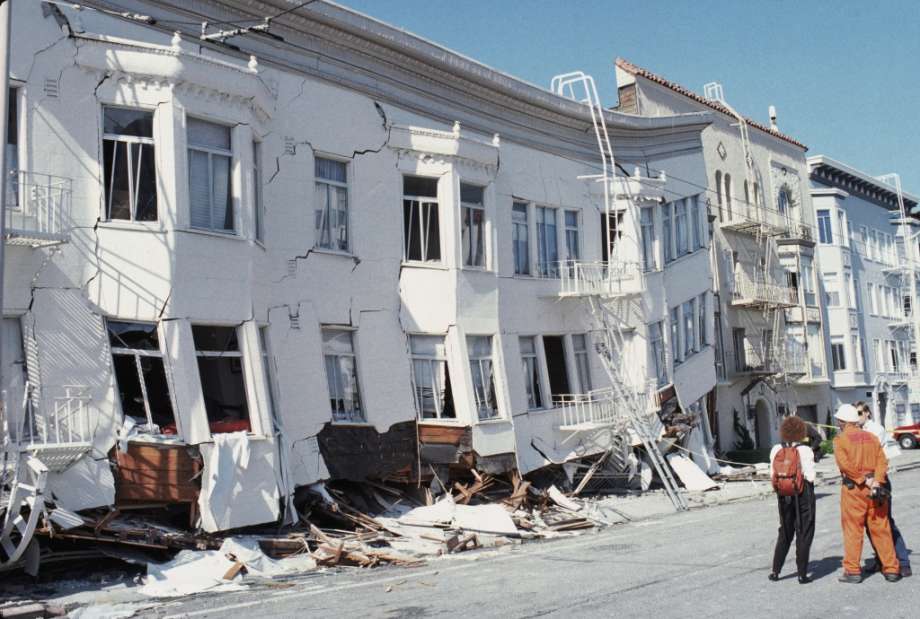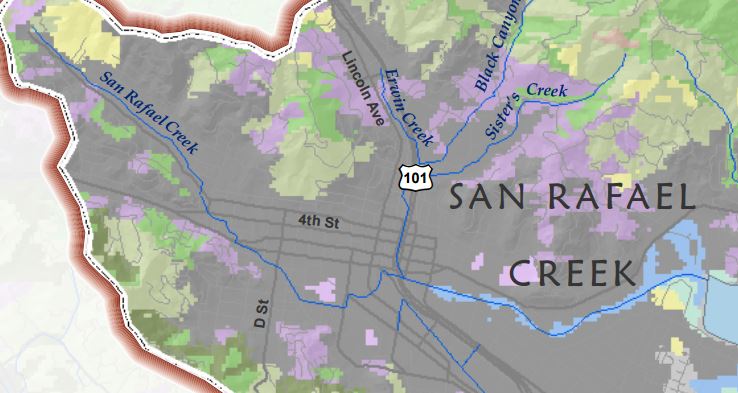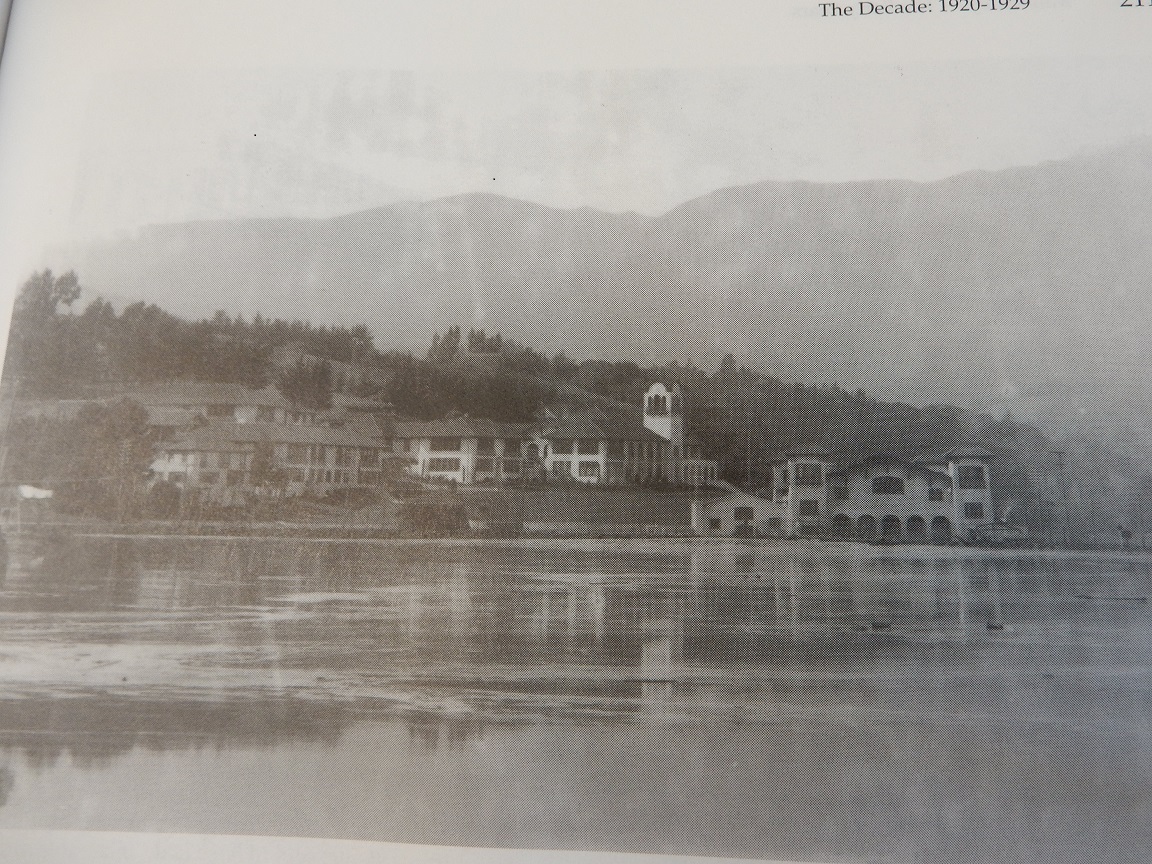Marin County’s Fifty-Three Oldest Historic Structures!
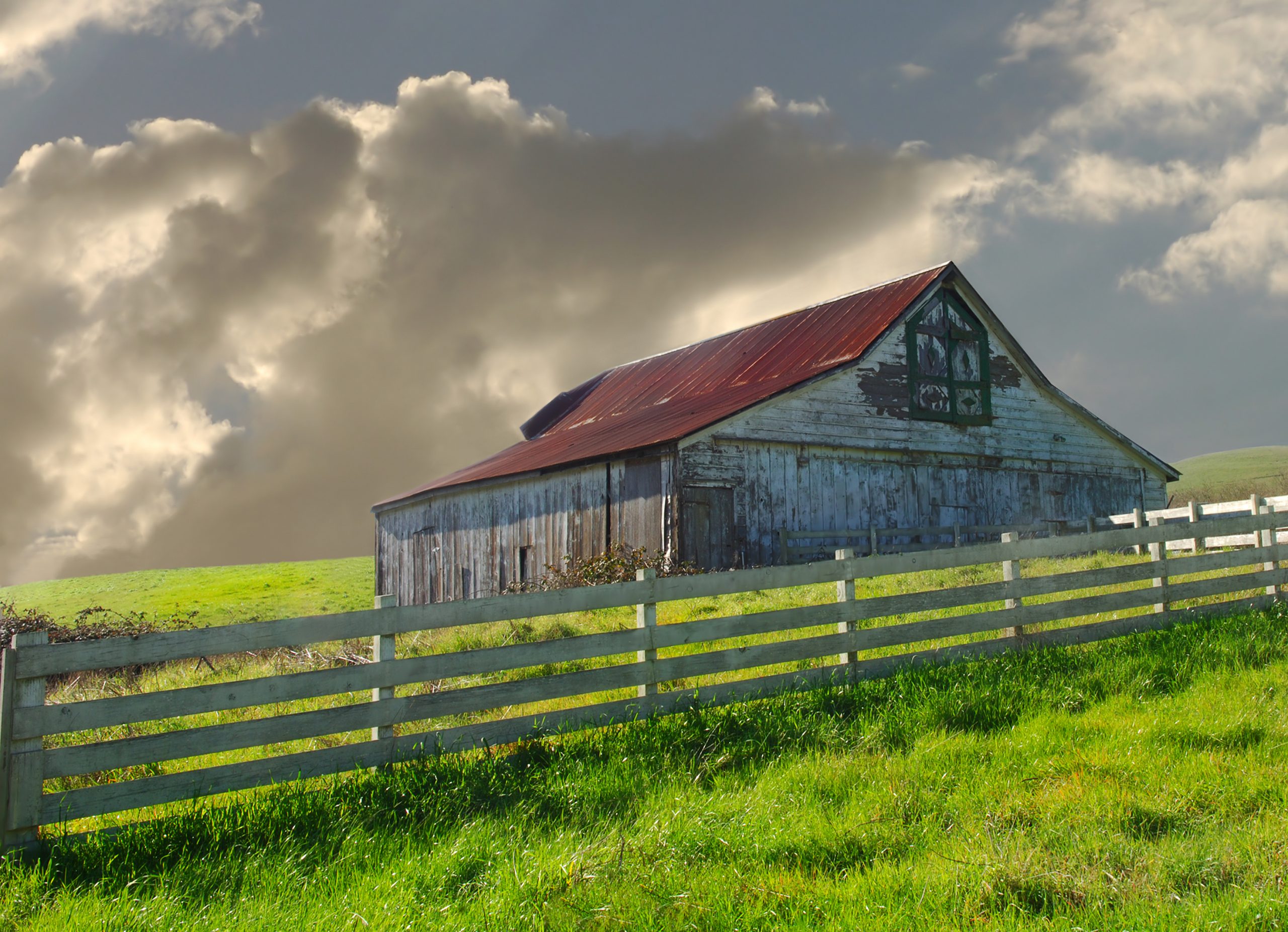

As a life-long learner, lover of history, and Marin County realtor, I recently became curious about the oldest structures that remain standing in our County. Thinking that this list would be relatively easy to compile given the number of books and articles that have been written about Marin’s history I set off to research the topic. It didn’t take me long to realize however that such a list does not in fact exist because as I learned it is very difficult to compile! So amazingly, what started out as a simple goal of identifying Marin’s ten oldest structures, morphed into a list that is perhaps the first list of its kind: Marin County’s fifty – three oldest structures built between 1776 and 1879! And please don’t ask me why it’s fifty-three. I guess I got carried away and had to stop somewhere!

Point Reyes National Seashore Lighthouse built in 1870
So immediately after my initial discovery I shifted gears and I began the lengthy process of poring through books and documents about Marin’s history. I visited the Marin Civic Center Planning Department where I interviewed the County Planner. She provided copies of the original tract maps from the Mexican land grants and directed me to the Anne T Kent California Room at the Civic Center Library to speak with the reference librarian who was very helpful and was quickly able to select a number of useful books and documents to get me organized. I rounded out my research by studying websites maintained by Marin’s various cities and historical societies, reading through articles on the internet, examining property records available to me as a realtor, and studying the list of Marin’s historic landmarks maintained by the Federal Government. I personally visited at least 25 buildings to verify their existence and satisfy myself as to when they were constructed. Even with all of this work I cannot say that my list is 100% correct as I am likely a missing a few structures here and there particularly in West Marin where there exist today a number of properties (homes, ranch buildings, & commercial buildings) that were built prior to the Civil War. Additionally, I found conflicting dates of construction but did my best where possible to err on the conservative side. What I can honestly say is that I believe that I’m close and because of this I’ve decided to make this an ongoing hobby until I get it right!

Old Mahon Hotel Built in 1859 located at 1330 Fourth St San Rafael

Before I share the list let’s take a moment to go back in history to when Europeans first arrived since until that point Marin was inhabited by the Miwok Indians. The earliest Europeans to reach San Francisco were Spanish explorers in 1769, led by Don Gaspar de Portolà and Juan Crespi. The Spanish immediately recognized that the San Francisco Harbor and surrounding areas were of great strategic significance. Subsequent expeditions in 1774 laid plans for the establishment of military and religious settlements. In 1776 the Presidio of San Francisco was established for the military and Mission San Francisco de Asís was founded to begin the cultural and religious conversion of some 10,000 Ohlone Indians who lived in the area. Eventually, the mission became known as Mission Dolores.

Saint Raphaels Roman Catholic Church at 1104 5th Avenue in San Rafael
Not long thereafter, the Spanish moved into Marin County and on December 14, 1817 founded Mission San Rafael Arcángel, as “sub-mission” of the San Francisco Mission to treat their sick population (now known as St Raphaels). St. Raphaels incidentally recently celebrated its 200th anniversary and although little remains of any of its original structures I feel it has earned its place as the second oldest structure in Marin County (see list below). In 1822 Mexico defeated the Spanish, earned their independence, and assumed governance of California. It was after this momentous occasion that a large number of European Settlers migrated to Marin. Mexico’s land grant system rewarded loyal and industrious citizens with large swaths of Marin’s lands to develop and govern. It was these land grants that placed Marin’s lands into the hands of such well known Marin historical figures as John Reed, William Richardson, Timothy Murphy, James Ross, James Miller, Domingo Sais, and others. It is this group of men that are largely responsible for the subsequent establishment of Marin’s cities, neighborhoods, and commercial businesses.
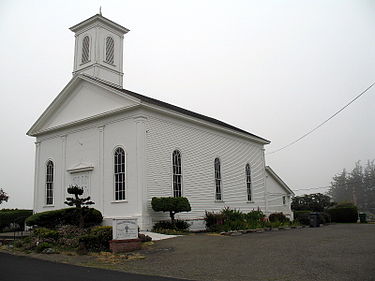
Tomales Presbyterian Church built in 1868

Hans Iverson House – 614 E Street San Rafael built in 1871
So it is with great pleasure that I present you with the first list of the fifty- three oldest structures still standing in Marin. Incidentally, this is a good place to say that this is a very fortunate group as I can’t tell you how many interesting properties burned to the ground over the years that would have easily made this list!
Your input, clarifications, and contributions are greatly appreciated!

Olema Lime Kilns built in 1850
Marin County’s Fifty-Three Oldest Structures
| 1) Old Adobe House – Olompali State Park – 8091 Redwood Highway | 1776 |
| 2) Mission San Rafael (rebuilt 1870 and again in 1919 after fire) | 1817 |
| 3) John Reed’s Sawmill – Old Mill Park Mill Valley | 1830 |
| 4) W. T. Coleman House – 1130 Mission Avenue San Rafael | 1849 |
| 5) Olema Lime Kilns – 300 ft. west of State Hwy 1 (P.M. 22.1) | 1850 |
| 6) Smiley’s Saloon Hotel – 41 Wharf Road Bolinas | 1851 |
| 7) San Quentin Prison – San Quentin | 1852 |
| 8) Parks Ranch Home – Tomales | 1853 |
| 9) St Vincent’s School for Boys – San Rafael | 1855 |
| 10) Pierce Ranch – Home and other structures – Inverness | 1856 |
| 11) Site of Hotel Marin (Mahon Hotel) – 1330 Fourth Street, San Rafael | 1859 |
| 12) Olema tiny commercial building at 10045 Sir Francis Drake Blvd | 1859 |
| 13) Olema Farmhouse Restaurant – 10005 Shoreline Highway | 1860 |
| 14) Angel Island – Camp Reynolds officer’s quarters | 1863 |
| 15) Bradford House – 333 G Street San Rafael | 1863 |
| 16) Octagon House – Art and Garden Center – Ross | 1864 |
| 17) Dixie School House – Marinwood (San Rafael) | 1864 |
| 18) John Sims Home (originally located at Fifth and Eye San Rafael, moved to 5th and B in 1883 then moved to current location at 21 Main Street in 1903 | 1865 |
| 19) The Horn House/Iroquois Village – 215 South Street Sausalito | 1865 |
| 20) Old St Mary’s of Nicasio Valley | 1867 |
| 21) Burbank Ranch Home – Tomales | 1867 |
| 22) Tomales Presbyterian Church | 1868 |
| 23) Michael J O’Connor Home (on grounds of Marin Academy) | 1868 |
| 24) Sais Family Home – 10 Olema Road Fairfax | 1868 |
| 25) The Bower/Gardener House – 47 Girard Street, Sausalito | 1869 |
| 26) Original Sausalito School House – West and Main Streets Sausalito – now part of a private residence with considerable renovation | 1869 |
| 27) St Pauls Episcopal Church – San Rafael | 1869 |
| 28) San Francisco and Northern Pacific Railroad Station House – Tiburon | 1869 |
| 29) James McMillan Shafter House – Olema | 1869 |
| 30) Wildcare Building 76 Albert Park Lane San Rafael – moved from St Paul’s Episcopal Church in San Rafael | 1870 |
| 31) Richardson’s School House – Between Bridgeway and Filbert St in Sausalito. Now a private residence | 1870 |
| 32) Tiburon Art & Garden Center – 841 Tiburon Blvd | 1870 |
| 33) Rancho Olompali – Novato | 1870 |
| 34) Point Reyes Light Station | 1870 |
| 35) Boyle Mansion – 10 Manor Terrace Mill Valley | 1871 |
| 36) Nicasio School – Nicasio | 1871 |
| 37) Hans Iverson House – 614 E Street San Rafael | 1871 |
| 38) First Richardson School – 1709 Bridgeway Sausalito | 1871 |
| 39) Rety/Domerque House – 323 Pine Street Sausalito | 1871 |
| 40) Tellinghast Estate – 168 Harrison Avenue Sausalito | 1873 |
| 41) Green Brae Brick Yard – Larkspur | 1874 |
| 42) Burdell Frame House – Novato | 1874 |
| 43) Wosser House – 574 Pine Street Sausalito | 1874 |
| 44) Ritchie House – Madrona Cottage – 76 Cazneau Sausalito | 1874 |
| 45) McCabe Home – 255 D Street San Rafael | 1875 |
| 46) Griswold House – 636 Main Street Sausalito | 1875 |
| 47) Fashion Shop & Stephen Porcella House – Novato | 1875 |
| 48) Benjamin and Hilarita Lyford House – Tiburon | 1876 |
| 49) James Moore House – 2 Lagunitas Road, Ross | 1876 |
| 50) Olema Hotel – Olema CA | 1876 |
| 51) Pt Bonita Light House | 1877 |
| 52) Robert Dollar Estate – 115 J Street San Rafael | 1879 |
| 53) Boyd House – 1125 B Street San Rafael | 1879 |
Four Marin Museums Sure to Entertain This Holiday Season!
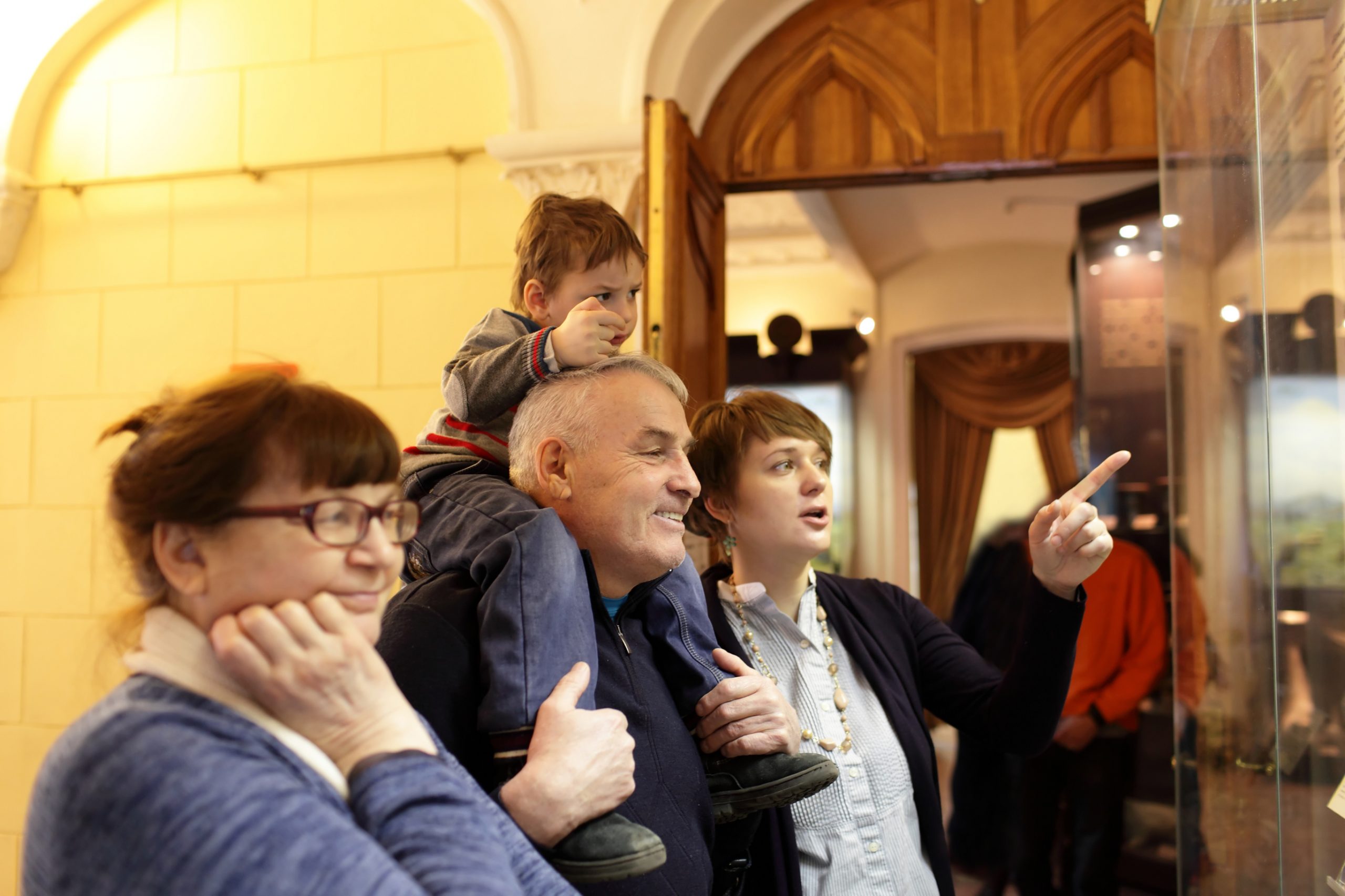

The month of December is here and another holiday season awaits us, a time traditionally spent with family and friends. With children out of school and the potential for out of town visitors it’s good to be armed with a wide assortment of entertainment options, particularly those that are nearby, easy to get to, offer plenty of parking, and are reasonably priced. The Bay Area of course has an exceptionally long list of fun, family oriented things to do but did you know that here in Marin we have some very interesting museums that are sure to entertain people of all ages? I have to admit that I wasn’t fully aware of many of these museums before researching and was pleasantly surprised by what I learned. Here are four Marin County museums to consider visiting this holiday season. Happy Holidays to you and yours!
#1) The Bay Area Discovery Museum, http://bayareadiscoverymuseum.org/ is a one-of-a-kind indoor and outdoor children’s museum at the foot of the Golden Gate Bridge, serving over 300,000 visitors per year on its 7.5 acre Sausalito campus. The Museum is recognized as the leading children’s museum dedicated to developing childhood creativity, nurturing future generations of creative thinkers and innovators. With this emphasis on creativity through play, the museum encourages children ages 6 months to 10 years to develop into curious, creative, adventurous lifelong learners and explorers. The Museum’s unique programs feature hands-on art, science and environmental exhibitions, performances, special events, cultural festivals and ongoing educational curricula… all with a focus on fun! From navigating wind tunnels to develop physical and mental risk-taking skills to feeling the rush of cold-water tide pools that surprise and awaken curiosity to tapping their imaginations to transform into a spider, a ship captain, or a bridge builder, children expand their creativity at every turn.
#2) Hamilton Field History Museum, http://www.novatohistory.org/hamilton-air-field/ features permanent and rotating exhibits exploring the history and stories of Hamilton Army Airfield and Air Force Base and the life of the field after decommissioning. Featured exhibits include the development of Hamilton Air Field 1932 – 1975, Model Airplanes and Link Trainer, Maps of Hamilton Field, photos of planes and crews, oral histories about the base, and videos of base and interviews. There is also a docent available to help you with research.
#3 Marin Museum of Contemporary Art, https://www.marinmoca.org/default.aspx connects art, community, and artistic expression. It is a unique non-collecting museum that is for artists, about artists, and by artists. MarinMOCA seeks to present art in an environment that provides a supportive venue for artists and exhibitions that inspire the community. It is located at the beautiful Novato Arts Center at historic Hamilton Field in Novato, California. The museum has a main gallery as well as the Ron Collins lobby gallery, a museum store, a classroom, and artist studios. Over 40 artists have working studios in 3 buildings that provide an atmosphere of creative energy in which contemporary art flourishes.
#4) The Museum of the American Indian, http://www.marinindian.com/ seeks to provide the people of Northern California with programs and exhibits that deepen understanding and appreciation of Native American cultures. The Museum promotes accuracy, sensitivity and respect for the heritage and history of our continent’s earliest inhabitants. The Museum engages diverse audiences in the exploration and preservation of the history, languages, art and traditions of Native Americans through the growth of its permanent collections, its exhibitions and the vitality and diversity of its educational programs. The Museum’s exhibitions provide an educational resource for children’s cultural enrichment programs, a repository for artifacts, photographs, drawings and books, a forum for the objective examination of Native American cultures, and an archive of information and data, available for inquiry and consultation.
 Facebook
Facebook
 X
X
 Pinterest
Pinterest
 Copy Link
Copy Link

